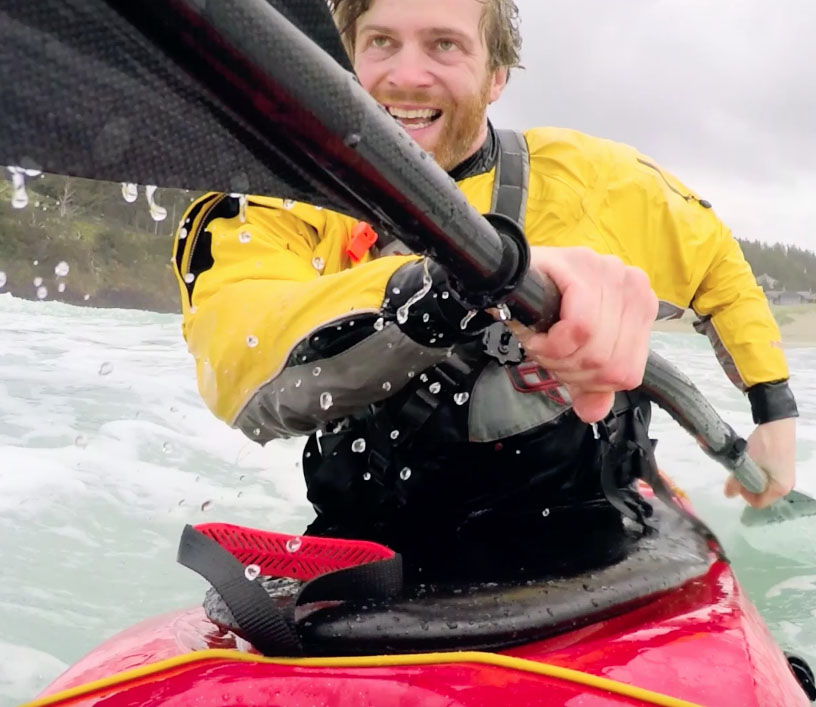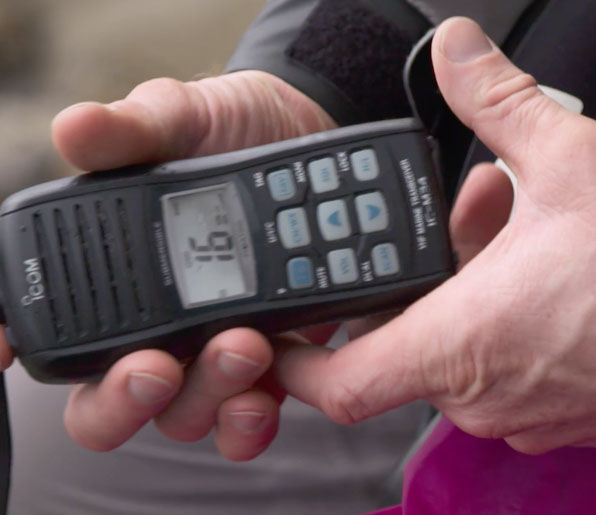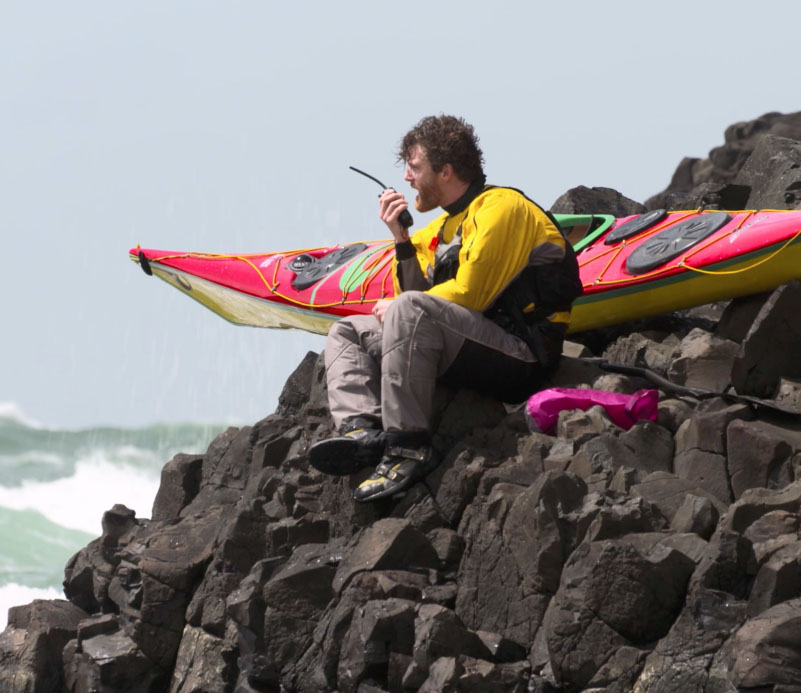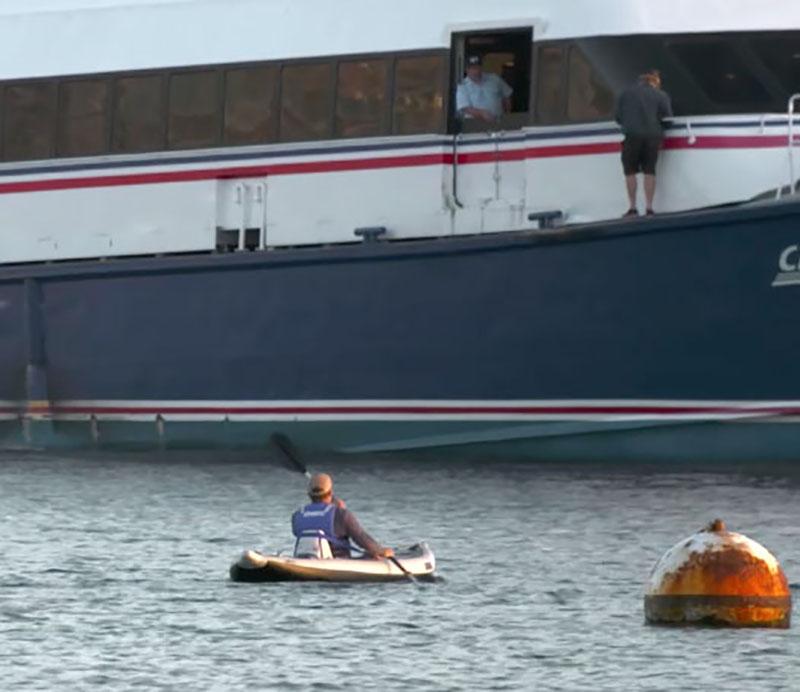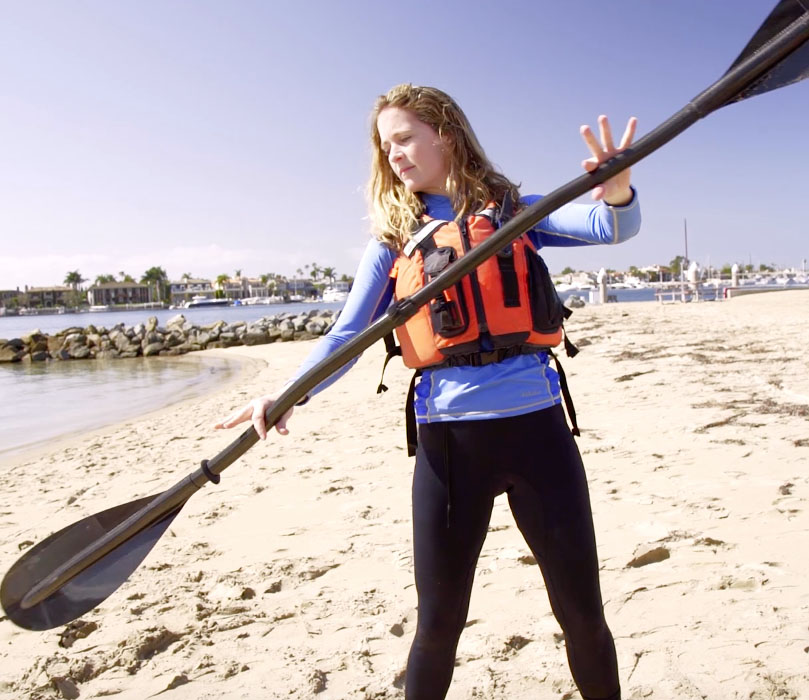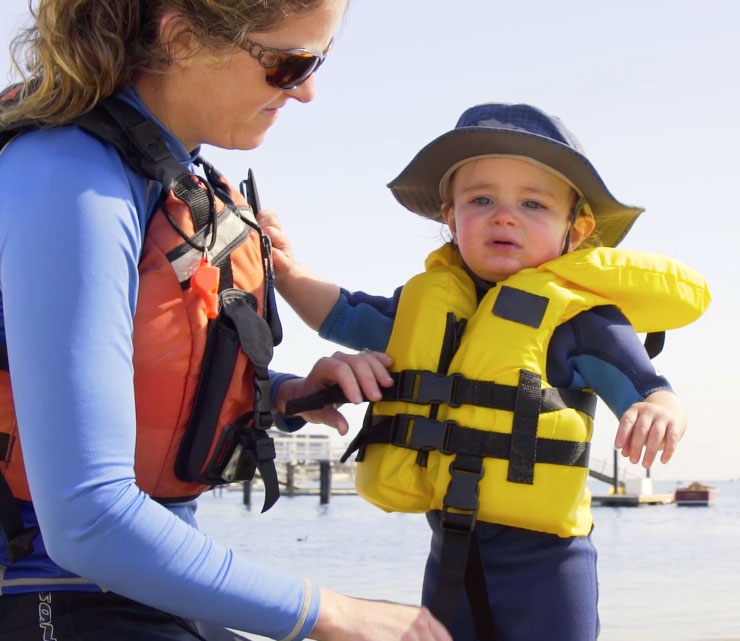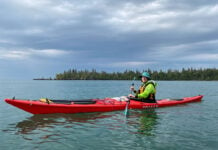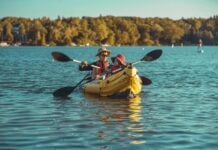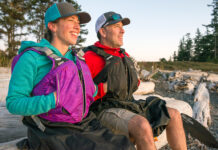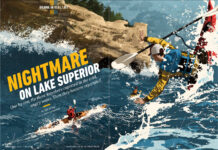It’s important for new kayakers to know how to paddle safely. Here is a list of tips and tricks to help any beginner get started.
1 Always Wear A Lifejacket
It’s a rookie mistake not to wear a lifejacket out on the water. Experienced paddlers wear them all the time.
Your lifejacket should be snug and comfortable. It should not lift up when you pull on the shoulders.
85% of fatal canoe accidents and 48% of kayaking fatalities involve people who were not wearing a life jacket. Don’t be a statistic.
For more information on fitting lifejackets, go to: safeboatingcampaign.com/life-jackets
2 Know Your Limits
Be honest with yourself. If you feel unsafe or uncomfortable in certain conditions, don’t be afraid to return to shore.
Part of this is knowing the capabilities of your craft. Most kayaks, canoes, and SUPs are designed for use in protected waters. Specialized boats are used for whitewater, surf, and paddling on exposed water. If you’re looking to improve your skills, it’s best to practice in safe conditions with expert paddlers.
If you shouldn’t be driving, you shouldn’t be paddling. Drinks and drugs are even more dangerous on the water. Coast Guard and state BUI laws apply to all vessels, including recreational canoes, kayaks, and SUPs.
3 Carry The Paddling Essentials
Safety
- Always bring drinking water with you.
- Keep signaling devices, like whistles, mirrors, and flares, in your lifejacket pocket.
- Sit-inside kayakers should carry a paddle float and pump.
Communication
- A handheld VHF radio will connect you with the Coast Guard and commercial boat traffic. Use Channel 16 for emergencies.
- A Personal Locator Beacon or PLB will relay your location to rescue agencies if you’re in trouble.
- Carry your cellphone in a waterproof case, and always tell a friend before you go.
Comfort
- Carry extra layers of clothing in a dry bag.
- Bring energy bars or lunch for longer outings.
4 Plan For Changing Weather Conditions
The forecast may be calling for a perfect paddling day—but unpredictable weather is always a threat. Checking tides, river levels, and the time the sun rises and sets is also important.
For canoeists and kayakers, air temperature is less important than wind speed and direction. Rain can be a nuisance, but lightening is dangerous. Always be on watch for dark clouds on the horizon and changing temperatures and wind directions—these often precede a squall or thunderstorm.
You should always have an exit plan in the case of a fast-moving thunderstorm. Never wait for bad weather. If you suspect it to get worse, get off the water immediately.
5 Make Yourself Seen
Choose a brightly coloured outfit so other people can see you in the water. This can be improved by carrying a light. High visibility strobes and running lights are available at your local paddling shop.
Like driving, never assume that power-boaters can see you. Avoid high-traffic areas and be aware that factors like fog and glare make it more difficult for others to spot you.
The “Rules of the Road” govern all boat traffic. Knowing these simple rules will help you anticipate where other boats will go, and help you stay safe.
6 Tell A Friend
Telling a friend where and when you are paddling will ensure that someone knows where you are in case you get into trouble. It’s a good idea to make a habit out of this and keep a “float plan” template on your phone or computer.
You should include the four Ws:
- Who: Your name and the names of any others paddling with you.
- Where: Where you will be going.
- When: When you are expected to launch and return, and at what point to notify the authorities if you don’t return as scheduled.
- What to do: A plan for what to do if you don’t return.
7 Dress For Immersion
The human body loses heat about 25 times faster in water than it does when dry. Avoid cotton clothing (like t-shirts and jeans) as they retain water and accelerate cooling when wet.
Today’s paddling gear uses high-tech fabrics to keep you dry and comfortable. A wet suit or dry suit will keep you warm when immersed in cold water.
Remember: Children lose body heat faster than adults.
8 Take A Paddling Class
Taking a class will teach you the skills and technique necessary to make paddling safe and enjoyable. It’s the best place to meet fellow paddlers with similar skills and interests, and in a fun and safe environment.
Check with your local paddle shop for a list of paddle classes in your area. You can find a list of ACA-certified instructors at americancanoe.org/instruction.
9 Learn More
Watch the 8-part Safe Paddling Video Series, and find paddling tips, gear lists and safety resources from Canoe & Kayak magazine, the ACA Canoe-Kayak-SUP-Raft Rescue and the United States Coast Guard.
Visit: canoekayak.com/safety americancanoe.org/instruction uscgboating.org nasbla.org/education
View the full Safer Paddling Series PDF here.




